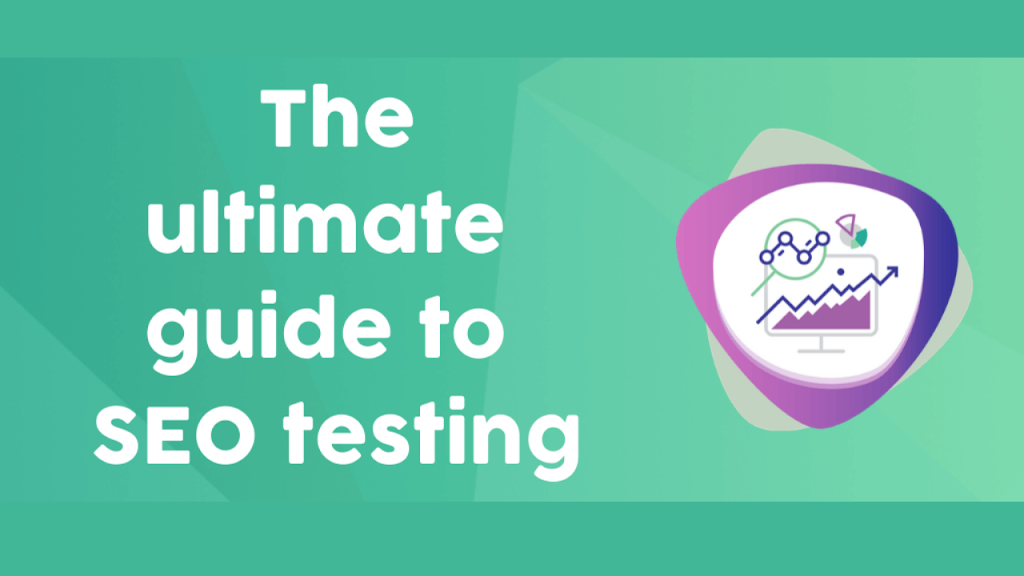Here are some SEO Tests that you should consider implementing today to improve your website’s search engine optimization:
👉 Information Gain Tests
– Identify information gaps and look at ways of creating something factually correct but where there is new value to the content
– Look at PAA data and look for opportunities to take a unique approach to providing information/insight
👉 Content writing perspective
– Split test content writing perspectives – you can select 1st / 3rd party writing perspectives
– Consider CONTEXT uniformity when writing – when referring to US, WE, THEY, OUR or I, Me, Myself – try and experiment with CONTEXT UNIFORMITY
👉 Information Prioritization Architecture (UX/CX Impact)
– Take PAA data and priorities – you can do this via AlsoAsked – export the Alsoasked PAA data in tiers, segment the export, feed it to chatGPT4 + Google Sheets access plugin and ask for it to identify a PRIORITY framework based off what people are searching for
– Consider re-arranging your content based on the PRIORITY FRAMEWORK – serve content in order of what matters most – this is likely to bode well where Google HCU is concerned
– Set up Microsoft Clarity (it’s free) and integrate with GA4
– Look at creating specific engagement events to better identify how users interact with content/features on a page
👉 Explanation Bloat Reduction & Content Shortening
– Say the SAME THING with less words – the principle here is that you can convey MORE with less content – this is generally better for SEO because users are MORE likely to consume what they need – the behavioral impact is likely to influence a positive outcome (providing other scenarios are met)
– Consider looking at WORD COUNT by positions in SERPS – word count is not a ranking factor (although obviously too little or too much content can be detrimental) – it’s about understanding
> What a user wants
> What format that “want” is likely to require
> How much space do you typically have to meet that “want”
SEO testing should be done using the following:
📌 Query counting and not clicks alone – clicks are too unreliable a metric – unless outside of any core update there is a significant baseline change after an implementation that can be correlated
📌 Query counting + query alignment – so what does the query profile look like 30,60,90 days post change, what do average positions look like for aligned queries
SEO testing is BETTER for pages that have 3+ months of a sustained behavior i.e.
STABLE CLICKS/POSITIONS
POSITIONS/CLICKS IN DECLINE
Erratic indexing that’s impacted by things such as CANNIBALISATION can render SEO testing pointless.
Here are some SEO tests that you should consider implementing in 2024 to stay ahead of the curve and improve your website’s search engine optimization:
Page Speed Optimization Test:
Evaluate your website’s page speed using tools like Google Page Speed Insights or GTmetrix. Conduct tests to identify and address factors that may be slowing down your site, such as large images, unnecessary plugins, or server issues.
Mobile-Friendliness Test:
Use Google’s Mobile-Friendly Test to assess how well your website performs on mobile devices.
Ensure that your site is responsive and provides a seamless user experience across different screen sizes and devices.
Structured Data Markup Test:
Check if your website utilizes structured data markup (Schema.org) to provide search engines with additional context about your content.
Use Google’s Structured Data Testing Tool to validate your markup and identify opportunities for improvement.
Keyword Ranking Test:
Monitor your website’s keyword rankings using tools like SEMrush, Ahrefs, or Moz.
Identify high-potential keywords that your site is currently ranking for and optimize your content and meta tags to improve rankings for relevant search queries.
Content Relevance Test:
Assess the relevance and quality of your website’s content by conducting a content audit.
Review your existing content to ensure it aligns with user intent and provides valuable information to your target audience.
Make updates or create new content as needed to fill any gaps or address emerging topics.
Backlink Profile Test:
Analyze your website’s backlink profile using backlink analysis tools like SEMrush or Ahrefs.
Identify high-quality backlinks from authoritative websites and disavow any spammy or toxic links that may be harming your site’s credibility.
Meta Tags Optimization Test:
Review and optimize your website’s meta tags, including title tags, meta descriptions, and header tags.
Ensure that each page has unique and descriptive meta tags that accurately reflect the content and target relevant keywords.
Internal Linking Test:
Evaluate your website’s internal linking structure to ensure it effectively distributes link equity and facilitates navigation for users and search engine crawlers.
Use anchor text optimization and strategic linking to improve the flow of link authority throughout your site.
Local SEO Test:
If applicable, conduct tests to optimize your website for local search.
Claim and optimize your Google My Business listing, ensure consistent NAP (Name, Address, Phone Number) information across online directories, and solicit reviews from satisfied customers to improve your local search visibility.
Structured Data Markup Test:
Check if your website utilizes structured data markup (Schema.org) to provide search engines with additional context about your content.
Use Google’s Structured Data Testing Tool to validate your markup and identify opportunities for improvement.
By conducting these SEO tests and implementing necessary optimizations, you can enhance your website’s visibility, improve search engine rankings, and attract more organic traffic over time.







Leave a Reply